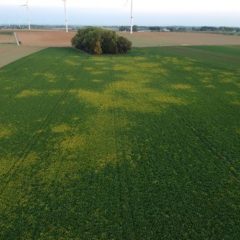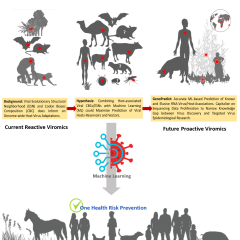Research project Faster, cheaper identification of emerging virus problems

General introduction
The VIRFAST project questioned whether the method of 'direct RNA sequencing' could be used for the detection and identification of viruses in plants. This is an advanced molecular technique that is already used in human and animal medicine, but not yet, or at least very limited, in plant health. In this project, the Oxford nanopore technology was tested as a sensitive, fast and reliable diagnostic method. Together with laboratories from several European countries, a diagnostic network for plant productions was set up, responding quickly to new developments in virus detection and identification methods, with in this project the focus on the nanopore RNA sequencing technology, using MinIon.
Research approach
The direct RNA sequencing technology was first tested on simple samples. Gradually, more complex samples were chosen, eg. by the multiple presence of different types of viruses, or by choosing a 'more difficult' matrix. In that respect, it was investigated whether the method still gives the right results when the same virus is present on different plant materials or species (e.g. vegetables or fruit trees). An international group of stakeholders further tested the method within the framework of an interlaboratory test. At this moment, the results are further communicated within the scientific world (diagnostic plant health laboratories) and to governments and policy makers.
Relevance/Valorization
The results of this completed project are encouraging. When direct RNA sequencing in the field becomes a tool for virus detection and diagnosis in plant material, growers receive significantly faster, broader and more effective advice from the plant diagnostic centres. The search for possible viruses no longer has to be based on a hypothesis made in advance. The researchers intend to share their results on this innovative nanopore sequencing technology for use in plant health laboratories among the transnational project partners, among the entire EUPHRESCO network and by extension through EPPO and in international publications to the entire plant health community. We aim to reach out to the various NPPOs (National Plant Protection Organisations) to help them improve on-site diagnostics.






